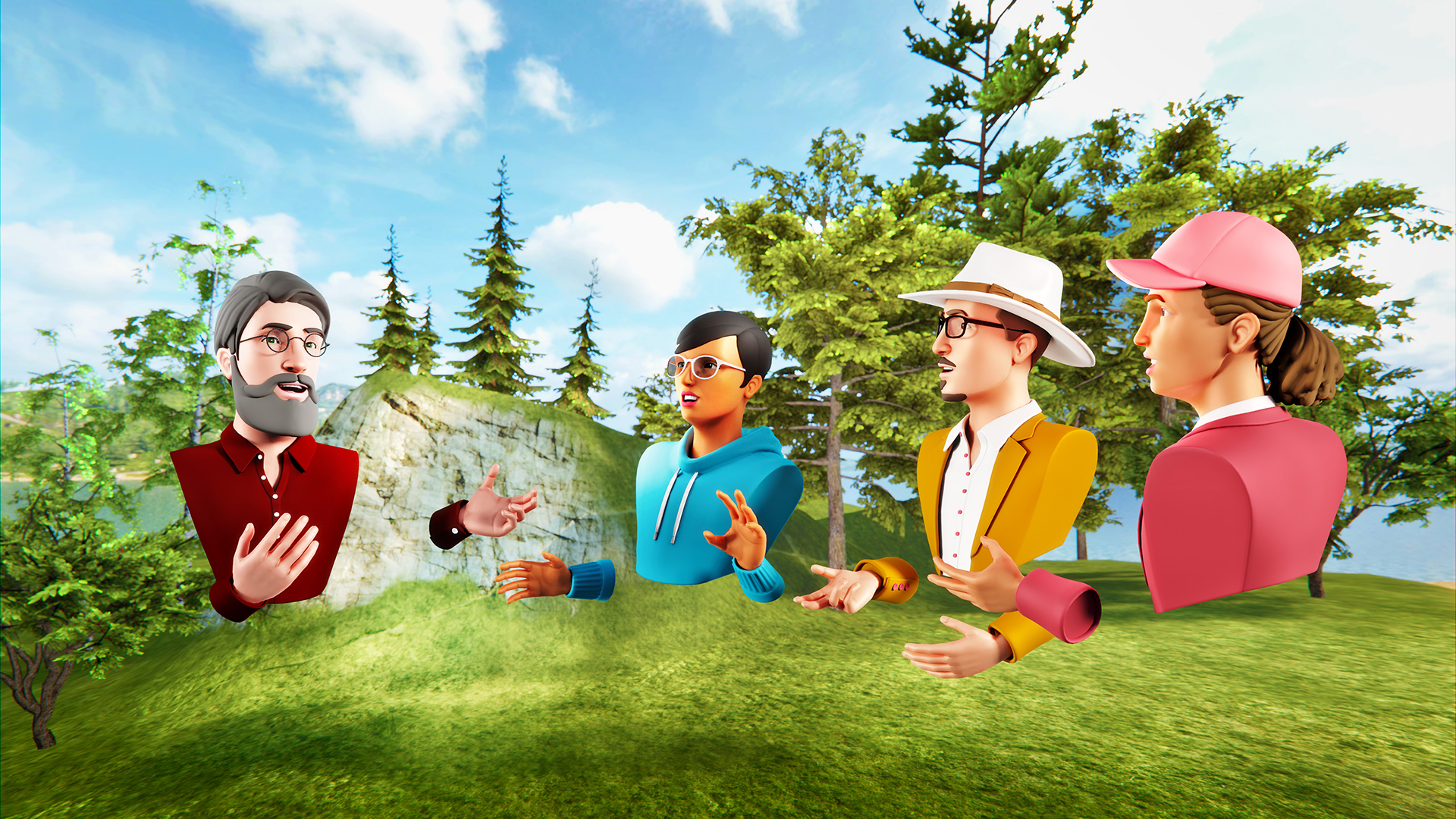In recent years, extended reality (XR) software has gone from a niche technology to something that’s changing the way we work. Every day, there are more examples of how it’s being used in the workplace—in everything from virtual collaboration to training to remote maintenance. As XR becomes more pervasive, many enterprises are discovering that it’s also giving them new powers to shrink their carbon footprint.
Step into a 3D workspace instead of fly
The most obvious environmental benefit of XR-based virtual collaboration tools is in reducing employee travel, one of the biggest generators of corporate carbon emissions today. Remote working is hardly new, but the past two years have shattered the idea that all work must take place in a physical location. And many enterprises have realized that switching from in-person meetings to virtual collaborations needn’t be a trade-off.
With the right tooling, teams can thrive. VR-based 3D workspaces like Glue, for example, specialize in making interactions feel like face-to-face ones even when participants are thousands of miles apart. They can even help overcome the challenges associated with video meetings, smoothing communication, boosting task focus and combating loneliness.
Perform maintenance remotely
If you work in the field services sector, you’ll know all about the challenges of inspecting and repairing machinery. New AR software is now helping businesses serve their customers virtually. Sweden’s XMReality, for example, offers a remote guidance application that enables technicians to support maintenance from afar and avoid physical site visits—great news for businesses that want to run small agile teams who can fix more without clocking up a large travel bill and carbon footprint.
Learn at a distance
While workplace learning is already blessed with great online platforms like Udemy, VR nicely complements these standard remote learning solutions by offering more immersive training opportunities. In Glue, for example, teams can train in groups using a variety of ready-made spaces designed for workshops and off-sites, as well as in custom-developed spaces and classrooms.
The immersive qualities of VR keep learners focused on the material, enhancing engagement and recall. A recent study by Polish researchers has shown that complex skills can be trained in VR with significantly higher accuracy and fewer timeouts compared to video and text-based methods. VR-based training is also more cost-effective than in-person gatherings as the spaces can be reused again and again—no need to book a physical space or distribute new training materials each time.
Reduce resource consumption
XR can help reduce resource consumption in other ways too. Take design and prototyping, for example. Conventional prototyping processes require the use of raw materials. Volkswagen Group, for example, now uses VR tools in its design and early development process, which it says helps the company avoid unnecessary waste, production costs and business trips.
VR is also being used in the construction industry, bringing new projects to life and helping architects preempt design flaws and troubleshoot errors before the building process begins, again reducing material waste.
Promote sustainable practices and awareness
XR has an important role to play in sustainable marketing too. Organizations looking to showcase their technologies to customers can do so safely inside VR, as Maillefer has done in Glue for its production lines.
VR is also a tool for brands to tout their sustainable practices. Some researchers say that by learning about the effects of climate change in an immersive, interactive space, people start to feel compassion and are more willing to make changes to their behaviors. One marine biologist has shown how VR-based exploration of the deep sea is a powerful solution for eliciting empathy. For enterprises and brands, similar approaches can be used to educate employees about workplace sustainability or to allow consumers to immerse themselves in a product’s sustainability journey.
Conclusion
There’s huge pressure on enterprises to reduce their carbon footprint. Fortunately, XR technologies like VR are offering powerful alternatives to conventional carbon-intensive practices in the workplace—from reducing the need for travel to curbing waste generated through the production process.
To learn how Glue could help your business be more sustainable, book a demo now.



